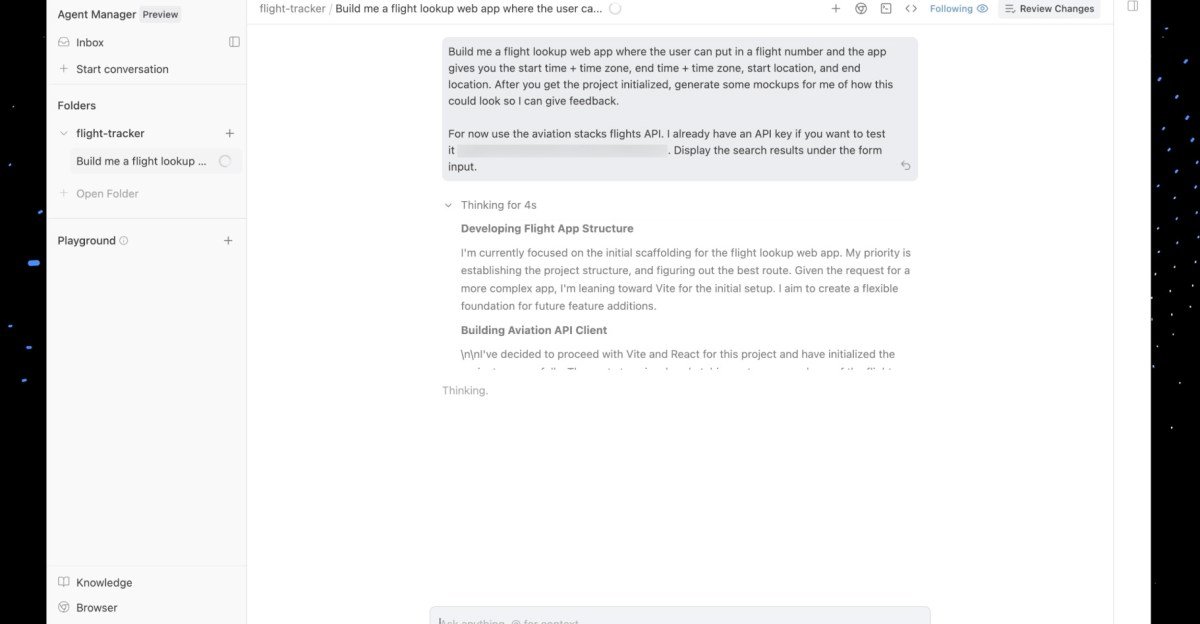With today’s announcement of the Gemini 3 Pro, Google has revealed AntiGravity, a development tool that the Gemini 3 Pro uses along with other third-party models. Google says AntiGravity, which supports multiple agents and gives them direct access to the editor, terminal, and browser, is designed for an “agent-first future.”
One of the key components of Antigravity is how it reports on its work. As it completes tasks, it will generate what Google calls artifacts: task lists, plans, screenshots, and browser recordings that are intended to verify both what it did and what it will do next. AntiGravity will also report on its actions and use of external tools along the way, but Google says the artifacts are “easier for users to verify” than a full list of the model’s actions and tool calls.
The other big change with AntiGravity is that it offers two main use cases. The default editor view offers a familiar integrated development environment (IDE) experience, similar to rivals like Cursor and GitHub Copilot, with an agent in a side panel. Instead the new Manager view is designed to control multiple agents simultaneously, allowing each to work more autonomously. Google compares it to “mission control to spawn, orchestrate, and observe multiple agents across multiple workspaces in parallel.”
Google has introduced more ways to give feedback to AI agents as they work, including the ability for an agent to leave comments on specific artifacts without interrupting its work. The company also says agents in AntiGravity will be able to “learn from previous work” by retaining specific snippets of code or steps required to complete certain tasks.
AntiGravity is now available in public preview, compatible with Windows, macOS, and Linux. It’s free to use, with what Google calls a “generous rate limit” for Gemini 3 Pro, although it also supports Cloud Sonnet 4.5 and OpenAI’s GPT-OSS. Google says the rate limits are refreshed every five hours, and only “a very small portion of power users” will ever reach the limit.
